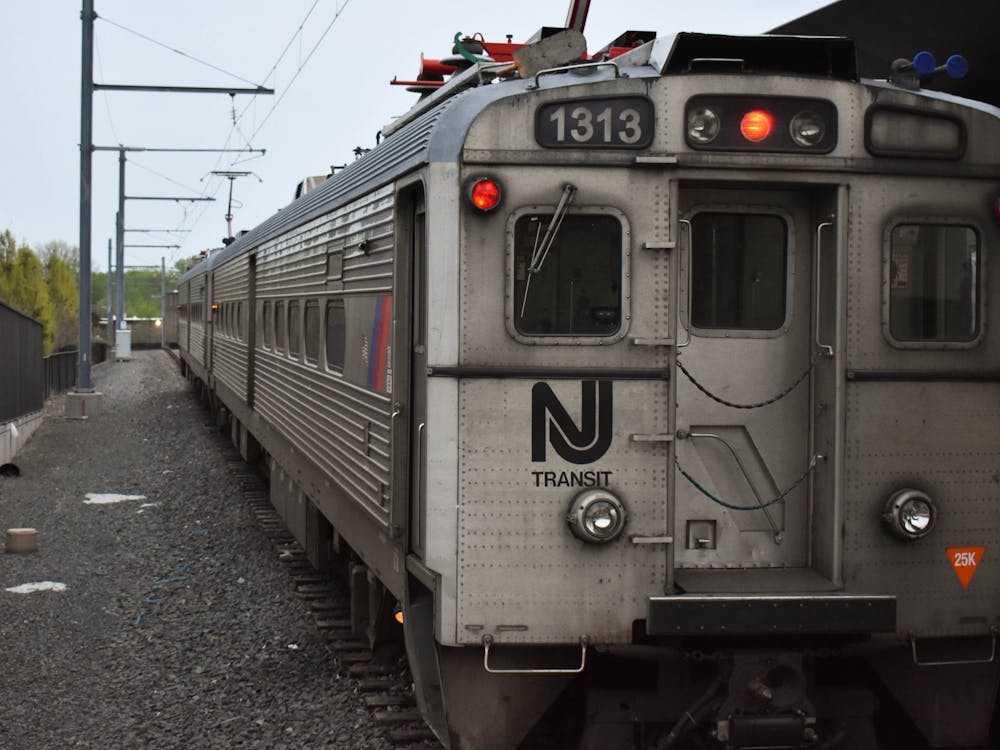Recently, a Canadian scholar I know who teaches at a wealthy private university in the United States stunned a little group of his colleagues. He told them that he would not help raise even more money for an institution that already had an endowment of several billion dollars. True, he appreciated the resources that his university put at his disposal. But in the light of the humanitarian crises in Darfur and the Congo and the poverty and violence that plague large parts of North America, he couldn't in conscience ask alumni to direct their donations to bricks and mortar — or even for scholarships.
Words like these sound heretical in the United States — and especially at Princeton, which is usually near the top in the great American fund-raising competition. Though Harvard, Yale and Stanford have bigger endowments than we do, Princeton still has more money per capita than any other full-scale university. And that's a great thing. It enables us to build Hogwarts down by the Dinky station and to pile up bright metal objects next to Fine Hall. Much more important, it makes it possible for us to hire the brightest young professors and researchers from around the world, to woo brilliant graduate students to work with them and to offer undergraduates extraordinary scholarship aid. How can anyone suggest that there might be a fly in this golden ointment?
After all, The Economist — which praises American higher education as eloquently as it mocks American politics — has told its readers again and again that competition has made American universities uniquely rich and productive. By contrast, the European systems, funded by the state, are sunk in lethargy and corruption.
Well, I too believe in markets and competition — but not in every sphere of life. They haven't exactly done a good job of providing medical care for all Americans. I can remember when the university hierarchy — and the competition among schools — looked very different than it does now, and I am sure that the old system had merits that the current one lacks.
Thirty or 40 years ago, the top public universities were in many respects better funded than their private counterparts. Professors who left Harvard to move to Berkeley or Rutgers did so — as the colleagues who stayed behind sniffily remarked — because the salaries were better. But it wasn't all about money. The great land-grant universities built spectacular libraries and labs, and attracted feisty, articulate and energetic students from all over the social spectrum. By the time I graduated from college in 1971, Berkeley was by many measures the best university in the country, in the humanities as well as the sciences.
Nowadays, Berkeley is still a great place to study many subjects, including history. Three of my former Princeton students are doing graduate work there, and all of them seem very happy with their choice. But Berkeley no longer competes with Harvard and Yale by drawing on lavish public funds. Like the other great state universities — like Michigan, UCLA and Virginia — it now receives only a fraction of its yearly budget from the state. Only collaboration with the private sector and gifts from donors have enabled these schools to support cutting-edge research.
As enrollments have grown and faculty numbers have remained stagnant or sunk, course sizes have ballooned. At Berkeley and many of its sister schools, an undergraduate would need the Hubble Space Telescope to evaluate professors' teaching styles in detail. Students at some excellent schools — like Rutgers, which is now spending millions in a quest for football glory — find it hard to gain entrance to enough required courses to graduate in the standard four years.
Those state schools that compete successfully have learned how to attract the same well-educated upper-middle-class kids who flock to the Ivy League. Honors colleges and merit scholarships, nicer dorms and splendid climbing walls — these and relatively low tuition have enabled state flagship schools to attract a surprisingly wealthy student body — often one with a higher proportion of students from wealthy families than you now find in the great private universities.

In the old days, real public institutions — peoples' palaces, funded by tax revenues, run by public servants — gave the rich private schools a real run for their money. Nowadays, nominally public institutions that are really 80 percent or more private compete for the well-educated and well-off with young nominally private institutions that receive considerable grants and subsidies from the state. This is less a clash of systems than a furious swarm of lookalikes, all trying to climb to the top of the same greasy pole.
The changed situation says something really worrying about us as a nation. As a Princeton professor, I love the possibilities that Princeton's wealth opens up for me and my colleagues and students. But as a citizen, I deeply regret the death of the democratic will that made the state universities so great after World War II and that opened them to minorities in the 1970s and '80s. And I'm not at all confident that the world will simply go on handing us money to build more horrors and subsidize more future bankers.
State legislators are not likely to start making football teams hold bake sales so that English majors can actually take seminars. The imbalance between private and public spheres is now deeply rooted in American society. But I do believe that we at the top of the private sector need to show that we're using our resources in the public interest. Otherwise our public may just lose interest — as that of the state universities has — in maintaining our wonderful position. Modest — and immodest — proposals will follow in the new year. Anthony Grafton is the Henry Putnam University Professor of History. He can be reached at grafton@princeton.edu.








